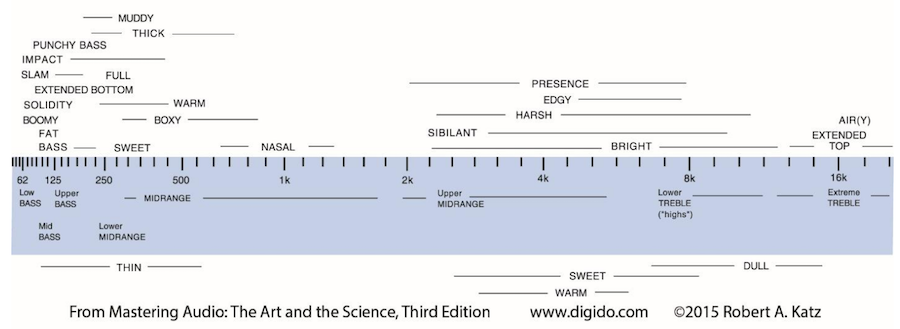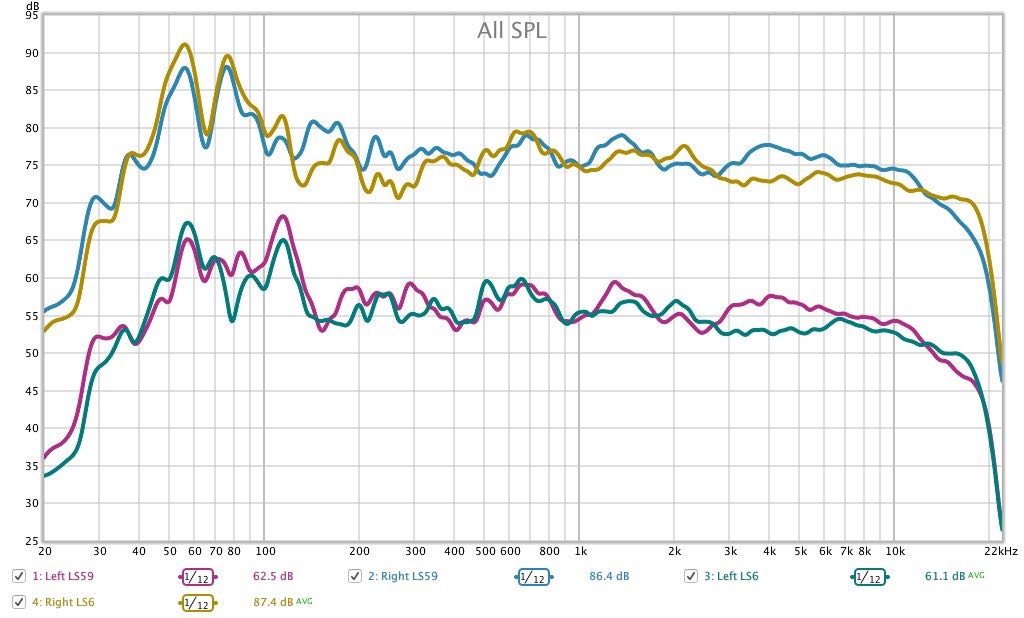You are using an out of date browser. It may not display this or other websites correctly.
You should upgrade or use an alternative browser.
You should upgrade or use an alternative browser.
Graham Audio LS5/9
- Thread starter vln
- Start date
tuga
Legal Alien
I can't see the strictly stereo measurements, they are not online anymore.
I don't understand if the 5/9 have a flat response or not.
Is the mentioned "BBC dip" realistic and if yes, in which frequencies?
I have the 5/9, and I think they have the voices in evidence, but I don't think they are warm speakers.
Thanks
I wouldn't call them "warm" (exaggerated 200-500Hz region), maybe a bit "dark" due to the extreme treble roll-off (even though the top octave is mostly perceived as "airiness").

Strictly Stereo
Trade: Strictly Stereo
I can't see the strictly stereo measurements, they are not online anymore.
I don't understand if the 5/9 have a flat response or not.
Is the mentioned "BBC dip" realistic and if yes, in which frequencies?
I have the 5/9, and I think they have the voices in evidence, but I don't think they are warm speakers.
Thanks
Are you looking for this...? Please note that these are in room rather than anechoic or pseudo-anechoic measurements.

tuga
Legal Alien
Are you looking for this...? Please note that these are in room rather than anechoic or pseudo-anechoic measurements.

Are you still able to change the colour of Left LS6?
Current layout is confusing.
Strictly Stereo
Trade: Strictly Stereo
Are you still able to change the colour of Left LS6?
Current layout is confusing.
No. This is a JPEG I made three years ago from a set of measurements that I had no reason to keep. The colours are baked in.
ToTo Man
the band not the dog
Interesting, the 5/9 has noticeable bump at 120Hz while the 3/6 has one at 80Hz. Were the two pairs of speakers measured in the same location?No. This is a JPEG I made three years ago from a set of measurements that I had no reason to keep. The colours are baked in.
That room is exceptionally well-behaved above 150Hz, is it a large room?
Strictly Stereo
Trade: Strictly Stereo
Interesting, the 5/9 has noticeable bump at 120Hz while the 3/6 has one at 80Hz. Were the two pairs of speakers measured in the same location?
That room is exceptionally well-behaved above 150Hz, is it a large room?
The second speaker was the Graham Audio LS6 and not an LS3/6. Both speakers were measured in the same location. They were each placed on the same stands and the stands were not moved between measurements. These measurements tell you more about the room than the speakers below about 200Hz.
I have moved since, but from memory the room measured approximately 6m x 5m at the widest points, with a chimney breast on the right hand wall causing a narrower 4.5m area about a third of the way along the length.
Are you looking for this...? Please note that these are in room rather than anechoic or pseudo-anechoic measurements.

Thanks for posting these curves.
The differences in the 2.5-7 kHz region are surprisingly large. The LS6 looks like a very well designed speaker. Does the LS6f have a similar response above 1k?
Last edited:
Strictly Stereo
Trade: Strictly Stereo
Thanks for posting theses curves.
The differences in the 2.5-7 kHz region are surprisingly large. The LS6 looks like a very well designed speaker. Does the LS6f have a similar response above 1k?
The LS5/9 and LS6 are both lovely sounding speakers, but I would say that the LS6 is the better measuring speaker overall.
The LS6 and LS6f measure essentially the same except that the floorstanding LS6f has a little extra low end extension.
tuga
Legal Alien
The LS5/9 and LS6 are both lovely sounding speakers, but I would say that the LS6 is the better measuring speaker overall.
The LS6 and LS6f measure essentially the same except that the floorstanding LS6f has a little extra low end extension.
I have never seen a full set of measurements of both speakers that was comparable, but I doubt that the LS6 measures better in terms of distortion.
The in-room frequency response doesn't look flatter, just slightly different.
Strictly Stereo
Trade: Strictly Stereo
I have never seen a full set of measurements of both speakers that was comparable, but I doubt that the LS6 measures better in terms of distortion.
The in-room frequency response doesn't look flatter, just slightly different.
The LS6 has more extended treble.
tuga
Legal Alien
The LS6 has more extended treble.
Yes, it the tweeter is a modern SEAS design, not the current version of the old Audax.
Strictly Stereo
Trade: Strictly Stereo
Yes, it the tweeter is a modern SEAS design, not the current version of the old Audax.
I’m not an engineer, but I think it’s the relatively large dome of the Audax that makes it roll off earlier.
I have never seen a full set of measurements of both speakers that was comparable, but I doubt that the LS6 measures better in terms of distortion.
The in-room frequency response doesn't look flatter, just slightly different.
No. Look again at the differences in 2.5 -7 kHz region. The LS 6 clearly has the flatter FR. The difference will be audible.
The larger drivers may well have lower distortion, but audibility of speaker distortion, if not too high, is a matter of some debate. Certainly, FR and directivity are more important. IOW, somewhat lower distortion is unlikely to affect preferences in the same way as FR.
No. Look again at the differences in 2.5 -7 kHz region. The LS 6 clearly has the flatter FR. The difference will be audible.
could be this (in the midrange) the "BBC dip" mentioned before who the 5/9 would have?
Strictly Stereo
Trade: Strictly Stereo
could be this (in the midrange) the "BBC dip" mentioned before who the 5/9 would have?
If you are referencing my measurements, I do not see a BBC dip here. What I see are two generally well behaved and tonally accurate speakers playing in an untreated listening room. The only reliable takeaways from my charts are that both speakers have similar low end extension and that the LS6 has more extended treble.
Strictly Stereo
Trade: Strictly Stereo
I have never seen a full set of measurements of both speakers that was comparable, but I doubt that the LS6 measures better in terms of distortion.
The in-room frequency response doesn't look flatter, just slightly different.
In terms of distortion, the larger LS5/9 might very well do better than the smaller LS6. It's not possible to tell from these charts.
I was referencing what @al2002 said.If you are referencing my measurements, I do not see a BBC dip here. What I see are two generally well behaved and tonally accurate speakers playing in an untreated listening room. The only reliable takeaways from my charts are that both speakers have similar low end extension and that the LS6 has more extended treble.
I had recently an experience, I took my GA LS5/9 in my friends home, to compare them to his Opera Gran Callas speakers.
My friend was telling me that the LS5/9 is warmer than his speakers, which is very flat and neutral.
But I don't think the 5/9 is a warm speaker, it has the midrange in evidence, voices are more present, but tonally I think they are neutral
in my opinion the 5/9 has a more natural presentation of the human voices, compared to the Opera speakers, but for this reason I wanted to check out the graphs and freq. response to dig a little bit in this
ToTo Man
the band not the dog
No. Look again at the differences in 2.5 -7 kHz region. The LS 6 clearly has the flatter FR. The difference will be audible.
Comparing the top pair of curves to the bottom pair of curves, I don't see much difference between 2kHz-7kHz. Perhaps you're confusing the left and right channels of each measurement?
Strictly Stereo
Trade: Strictly Stereo
I was referencing what @al2002 said.
I had recently an experience, I took my GA LS5/9 in my friends home, to compare them to his Opera Gran Callas speakers.
My friend was telling me that the LS5/9 is warmer than his speakers, which is very flat and neutral.
But I don't think the 5/9 is a warm speaker, it has the midrange in evidence, voices are more present, but tonally I think they are neutral
in my opinion the 5/9 has a more natural presentation of the human voices, compared to the Opera speakers, but for this reason I wanted to check out the graphs and freq. response to dig a little bit in this
I don't know those Opera speakers, but I would agree with your assessment of the LS5/9's sound.

